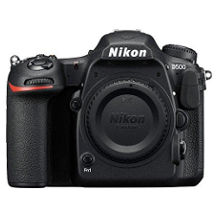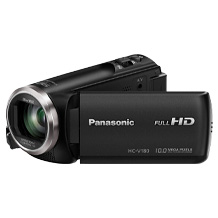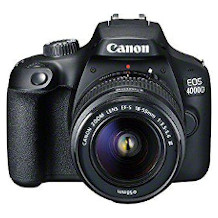Waterproof camera purchasing advice: how to choose the right product
- The most important facts in brief
- High-quality underwater cameras are available in different quality levels and price ranges for beginners as well as professionals.
- The diving depth, pixel value and lens are among the most important purchase criteria, along with the price.
- Many underwater cameras offer helpful additional functions such as WLAN and WiFi, GPS or even a compass.
- Should the device reach its limits in view of the demanding conditions under water, subsequent image processing will ensure brilliant results at the latest.
Sharp images under the water surface
The underwater worlds of our planet are among the most fascinating impressions of all. How nice it would be to permanently capture these colourful images and relive the memories at any time. A high-quality underwater camera offers exactly this possibility.
Digital underwater cameras are very similar to other digital cameras. However, thanks to their special housing, they are absolutely waterproof and altogether much more compact than cameras that are used exclusively on land. Underwater cameras are mainly used for snorkelling, diving and swimming. They offer the following advantages and disadvantages:
Advantages
- Waterproof
- Shockproof
- Frost-proof
- Easy to use
- Image stabiliser included
- WiFi and GPS as standard
- High continuous shooting speed
- High to very high image quality
Disadvantages
- Sometimes only a small zoom can be set
The different types of underwater cameras
Underwater cameras can be divided into different categories, which we explain in more detail here:
- Digital underwater cameras: These digital compact cameras do not have an additional housing. They are suitable for use at depths of up to ten metres and offer a maximum running time of one hour.
- Underwater housings: “Normal” photo cameras and action camcorders can be housed in special underwater housings. These housings are usually made of a high-quality film that is both stable and flexible. Underwater housings can be used for diving depths of up to ten metres. This specification does not refer to the waterproofness, but to the depth pressure that prevails below this limit. Above this depth, the digital camera can no longer be operated.
- Special underwater cameras: This category includes very high-quality cameras that are specially designed for underwater use. They deliver excellent image results at depths of 50 metres and more.
- Disposable underwater cameras: This type of digital underwater camera is housed in a tight casing. The images are stored on a classic film that has to be developed. Such disposable models are very inexpensive and can take about 24 to 28 photos. Tests have shown that they can still be used at a diving depth of about 15 metres.
What to look for when buying a camera
When photographing objects underwater, a camera has to meet quite high expectations. Visibility is much lower than on land, which is partly due to the suspended matter in the water. In addition, the refractive index is higher in water than in air and filters certain wavelengths of light. A high-quality underwater camera nevertheless ensures excellent pictures without a blue or green cast. Anyone who has experience photographing underwater knows that marine life is always on the move and that currents also make it a challenging hobby.
When buying an underwater camera, there are therefore various points to consider to ensure that the results are sharp and true to colour. The most important purchase criteria include
- the maximum diving depth,
- the display,
- the pixel value,
- the lens,
- the control buttons,
- image editing,
- video creation and
- additional functions.
The brand or manufacturer can also play a role in choosing the ideal underwater camera, as many amateur and professional photographers swear by “their manufacturer” or “their brand”.
The maximum diving depth
The value of the maximum diving depth is directly related to the waterproofness of the camera. The deeper the photographer dives, the higher the pressure on the underwater camera. Very high-quality models are suitable for diving depths of 50 metres and more. These cameras are correspondingly elaborately constructed. In terms of price, they are in the top segment. If you want to take pictures in a swimming lake, you will probably be satisfied with an inexpensive camera that is suitable for depths of up to about five metres.
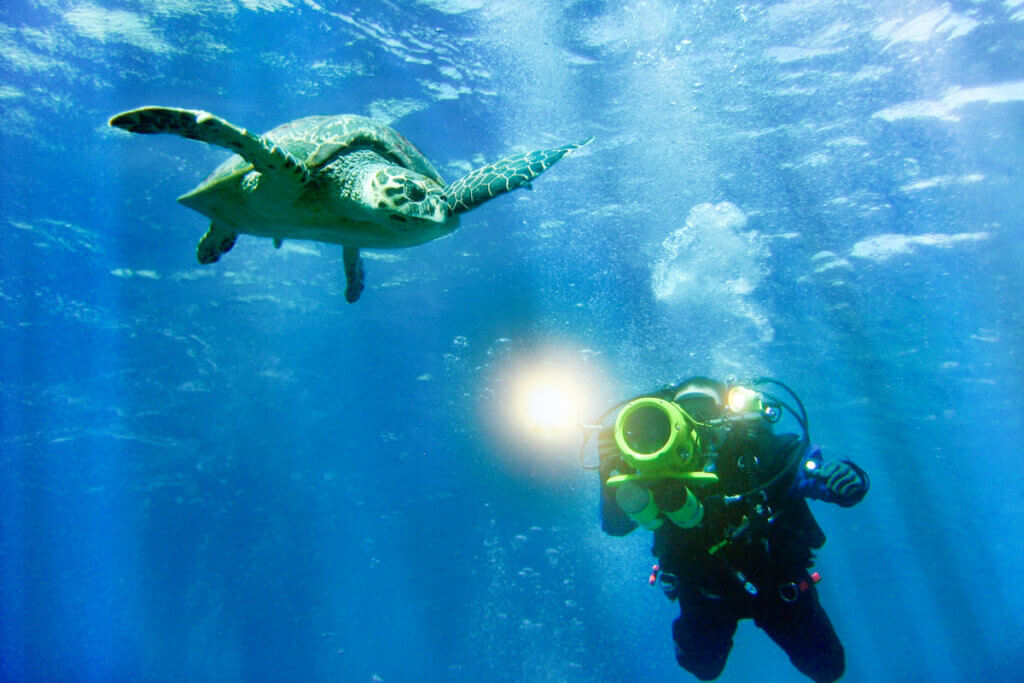
However, the market offers quite affordable underwater cameras that are designed for depths of up to 25 metres. It is important here to consider exactly what the camera will be used for. Basically, a higher calculation is always recommended.
The display
Diving and snorkelling goggles distort the view of the display, and floating particles in the water do the rest. This makes the size and sharpness of the display all the more important. Underwater cameras with a display of at least 2.5 inches are recommended.
The pixel value
If you want to take razor-sharp underwater pictures, you should pay attention to the pixel value of the camera. If the value is around ten megapixels, the results should be more than satisfactory. Depending on the overall price-performance ratio of the underwater camera, the pixel value may be higher.
The lens
A precise and fast lens allows for excellent pictures even at greater depths in poor light conditions. The lens system should be easily adjustable by means of an optical zoom. As a rule, a good underwater camera offers an additional digital zoom that provides magnification in five steps. An image stabiliser compensates for the photographer’s movement when releasing the shutter and ensures that the pictures are not blurred. For beginners in underwater photography, a medium wide-angle lens with a 35 millimetre focal length is recommended. Such a lens offers greater sharpness and prevents excessive distortion.
The control buttons
The term “haptics” is often used in product descriptions of underwater cameras. This refers to the sensitivity of the camera’s control buttons. If the photographer’s fingers are wet, they are less sensitive. Accordingly, the camera’s buttons cannot be operated as precisely as on land. It makes sense to choose an underwater camera with larger buttons. These can be operated effortlessly even after a long time under water.
Image processing
Good underwater cameras are equipped with a certain number of functions for automatic image processing. A welcome feature is the autofocus function, which ensures successful snapshots. The lens focuses within half a second and captures the intended subject in the best possible quality. The automatic white balance is also useful, because this filter makes all the colours in the photo appear much more realistic and brilliant. In the sea and in other bodies of water, the light conditions change constantly. An automatic white balance compensates for these changes and adapts optimally to the prevailing conditions.
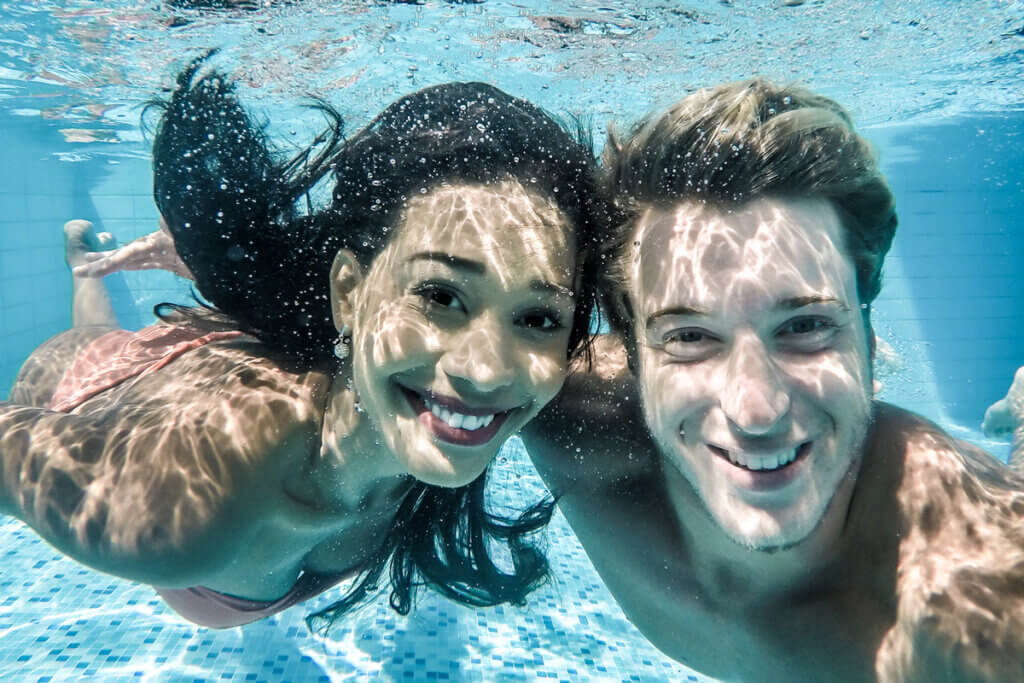
Video creation
Moving images convey a completely different impression of underwater worlds. No wonder, then, that the video function is a popular and sought-after additional feature for these cameras. Such a feature does increase the price of an underwater camera considerably, but the investment can be well worth it. VGA cameras and videos in HD quality are the current standard.
Additional functions
The higher the quality of the camera for underwater photography, the more extensive the additional functions. WLAN and WiFi offer convenient data transfer to the computer. If the camera has a GPS function, the coordinates of the place where the picture was taken can be determined. It is not uncommon for outdoor cameras to be equipped with additional functions, such as a compass, a barometer or an altimeter and depth gauge.
The price
Of course, the purchase price of an underwater camera also plays a major role. If you find a very inexpensive model that does not fall into the “disposable camera” category, you should look carefully: How extensive is the equipment? What does the camera do?
Simple disposable underwater cameras are already available for about ten euros. Higher-quality models with various functions cost an average of 300 euros. The sky’s the limit; professional models are priced much higher, but they also have special functions. Depending on the model, equipment and brand, the purchase price of the “Ferrari among cameras” can run into the thousands.
Warranty
When buying a new underwater camera, the legal warranty period of 24 months applies, which dealers must observe in any case. If a defect or damage becomes apparent in the first six months after purchase, the user can complain to the seller and ask for an exchange, replacement or return. The manufacturers of the cameras assume that such defects were already present – at least to some extent – at the time of purchase. If the manufacturers can prove that the user caused the damage himself, there is, of course, no claim under the warranty.
If the defects occur after half a year or later, the user must prove that a material defect that was present from the beginning is the cause. Many dealers and manufacturers will take back the defective appliance solely as a gesture of goodwill and offer an appropriate replacement.
The guarantee
The guarantee is a legally prescribed liability for defects. The warranty, on the other hand, is a voluntary service offered by the manufacturer. Warranty periods of twelve, 24 or 36 months are common. Many manufacturers offer a warranty extension or additional customer service for a fee when the underwater camera is purchased. The customer loses his claim to the warranty if he makes changes to the camera that are not intended. The respective operating instructions are authoritative in this regard.
Tips for care and cleaning
A camera that is intended to take photos under water must have intact seals. The finest foreign bodies such as dust particles and grains of sand can impair these seals and wear them out in the long run. Therefore, before and after each use, carefully check that the seals on all connections, on the battery and on the memory card are clean and in perfect condition.
When the camera is not in use, it should be stored in a high-quality bag. This way, dust and dirt do not stand a chance. To keep the lens clean, keep your fingers free of sunscreen and similar greasy substances. Otherwise, a dull haze can quickly cover the otherwise colourful pictures.
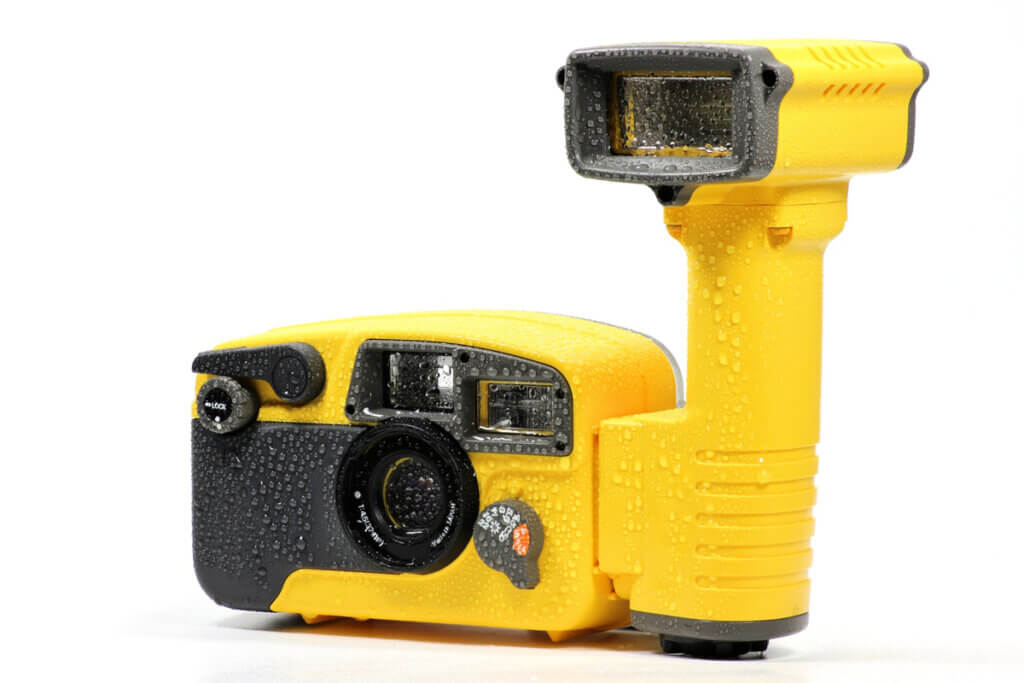
The most important care tips at a glance
In order to get the most out of your underwater camera for as long as possible, it is important to observe the following tips and advice on how to care for it:
- Moisture in the underwater housing must always be prevented. Silica gel packets are suitable for this purpose, as they absorb the moisture and prevent annoying fogging even when the temperature fluctuates.
- The grooves in the sealing rubbers must be fixed. In addition, the seals themselves must be checked regularly. Sand and other dirt must be carefully removed. Users should replace brittle rubber seals immediately.
- Salt water should be rinsed off the camera immediately after use so that no dry salt crusts form. When travelling, the amount of clear tap water in a commercially available bottle is quite sufficient; at home, users can soak the housing in clear water.
- Microfibre cloths and antistatic brushes specially designed for cameras are suitable for removing dry salt, dirt and the like.
- A cotton swab dipped in alcohol can easily remove dirt in cracks and corners.
- After cleaning, the camera should be left to dry for at least one day.
Extra tip
If the underwater camera is not going to be used for a longer period of time, it makes sense to store it carefully. The battery should be fully charged and the camera itself should be stored in a cool, dark and dry place. Batteries should be removed at all costs, as leaking battery acid can cause immense damage.
The best photo and video results underwater
To capture truly unforgettable memories, users should pay close attention to the following points:
- The instruction manual provides a lot of important information, ranging from safety instructions to functionality and valuable tips. Before using the camera for the first time, buyers should therefore study the manual carefully.
- The batteries of the underwater camera should always be fully charged.
- There should always be enough memory available on the memory card. The higher the resolution of the pictures and videos, the more space they need.
- A first everyday test on land is always recommended. This applies to the general functions and to the additional features. If you familiarise yourself with the possibilities of the underwater camera in advance, you will achieve the best results “in case of emergency”.
- The tightness of the camera can be tested in a bathing lake or swimming pool, for example.
- Midday is the best time to take photos under water. The sunlight falls vertically into the water between 11 am and 2 pm, so no artificial light sources are needed.
- The closer the subject, the better the result. This means that the user should get as close as possible to the photo subject.
- Best results are achieved when the lens is level with the subject.
- The continuous shooting function provides a large selection of photos from which photographers can easily choose the best picture.
Good to know
The camera should not be opened immediately after the dive to prevent water from entering. Even on the beach, the camera should remain closed to avoid dirt inside.

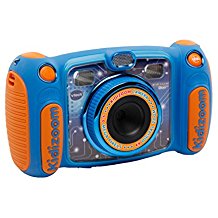
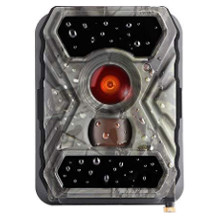
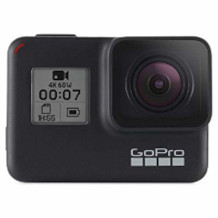
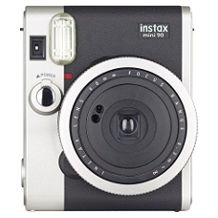
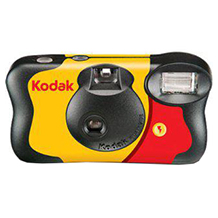
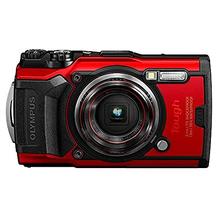
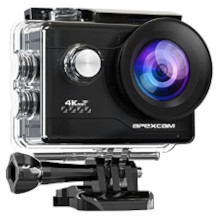
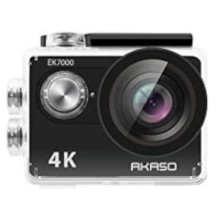
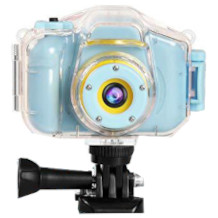

 1,917 reviews
1,917 reviews

